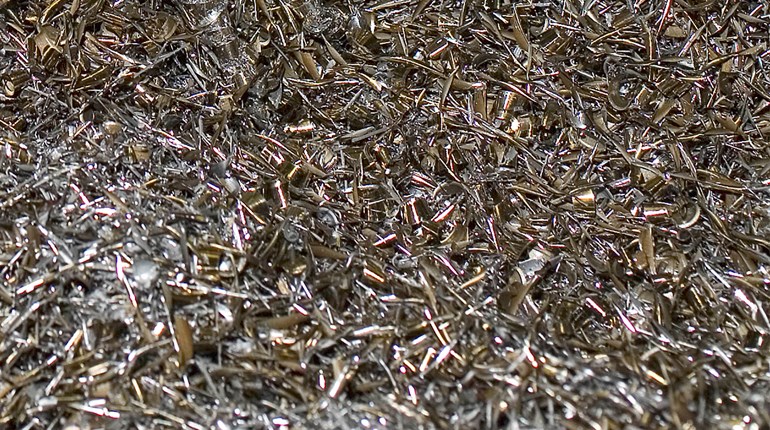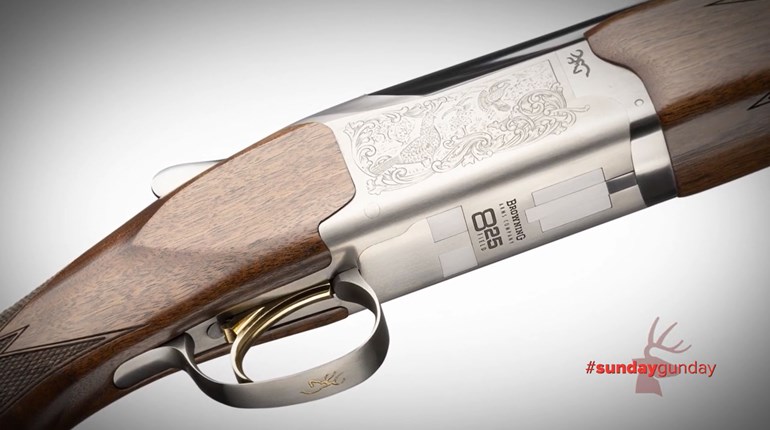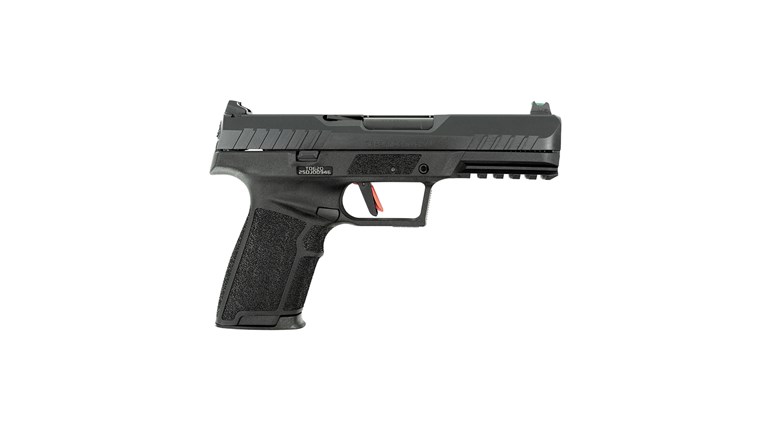
My name is Corey Howard, and I’m an online and private strength coach, movement geek and lover of handguns. Wanting to learn a new skill and get out of my comfort zone, in 2018, I picked up my first handgun, fell in love with shooting, and began competing in the USPSA Production division.

I make a living helping people move better and get stronger. I work primarily with everyday folks like you and me, but I also train several athletes ranging from high school to the pros, as well as the local police department and SWAT. No matter who the client is, I believe everyone needs to be able to move explosively quickly, have stability, be strong and have the endurance to last when situations arise.
I’ve learned that fitness training for competitive shooting can be a polarizing topic. Some 100-percent agree it helps, while others believe your ability to run the gun is all that matters.
As a strength coach, I believe everything in life is improved when you get stronger, move better and get in better cardiovascular shape. True, you don’t have to be able to run a marathon or lift a ton of weight to be a successful competitive shooter, but certain types of physical training will help. Just ask my law enforcement clients.
Improving your cardiovascular endurance, getting stronger through your legs and core and improving your agility so you can move your feet faster will help you become a better competitive shooter.
Running a competitive shooting stage can be physically taxing. From USPSA multigun to pistol-only competitions, some stages can leave you huffing and puffing. Why not improve your cardiovascular endurance so you’re not short of breath and can calm your thoughts during each stage? Simple interval training, as well as slower steady-state cardio, will help.
Interval training probably has the most significant similarity to the various shooting stages. This can be run an all-out for 30 seconds, followed by a two-minute rest, and performed for five or six rounds. If you want to get used to running your gun with an elevated heart rate, try your dry-fire drills immediately after the 30-second all-out run. In addition, getting outside and taking an easy, long walk will help improve your heart and lungs.

Why on earth do you need to do any strength training to improve as a competitive shooter? Stronger legs create a better base, and improved core stability will keep your shoulders square to the target no matter how you move. Stronger shoulders and upper back will help drive the gun on target and keep everything stabilized. You don’t need to train like you’re competing in a World’s Strongest Man competition, either—just get to the gym and do some squats, lunges, push-ups or pull-ups. Try some rotational lifts that challenge your stability. Toss in some grip work as well. Simple things like towel grip pull-ups—or anything that makes any pulling movement harder to hold—will work.
Our sport of practical shooting requires athletic speed and agility. We need to get off the X, get to the next spot under control, generate force from side to side and learn to burst forward quickly, then chop our steps rapidly to slow down and get on target. It’s essential to hit the range and improve your shooting, but if you can make transitions faster, you’ll shave seconds off your time and hopefully place higher and improve your classification.
Next time you’re in the gym, toss an agility ladder out and see how fast you can get your feet in and out of the squares. Simple forward, backward and lateral agility drills will go a long way in improving your transitions from various shooting positions.
I’ll admit I have a biased point of view, but it’s hard for me to believe that only practicing your dry-fire drills will make you a better competitor. You spend time and money on your pistol and any modifications you think will help, so why not spend some time on your body? You indeed need to be able to shoot fast, change mags proficiently and get on target quickly, but if you’re better physically prepared to deal with all of that, then there’s no question you’ll not only be a better shooting athlete, but you’ll also have more fun.
Get some cardio in so you can function more efficiently. Do some regular strength training so you’re a stronger, more stable athlete, and work on your agility so that you can transition faster. All of these, combined with your dry-fire routine, may move you up a classification or two in USPSA.
Article from the May/June 2025 issue of USPSA’s magazine.



































